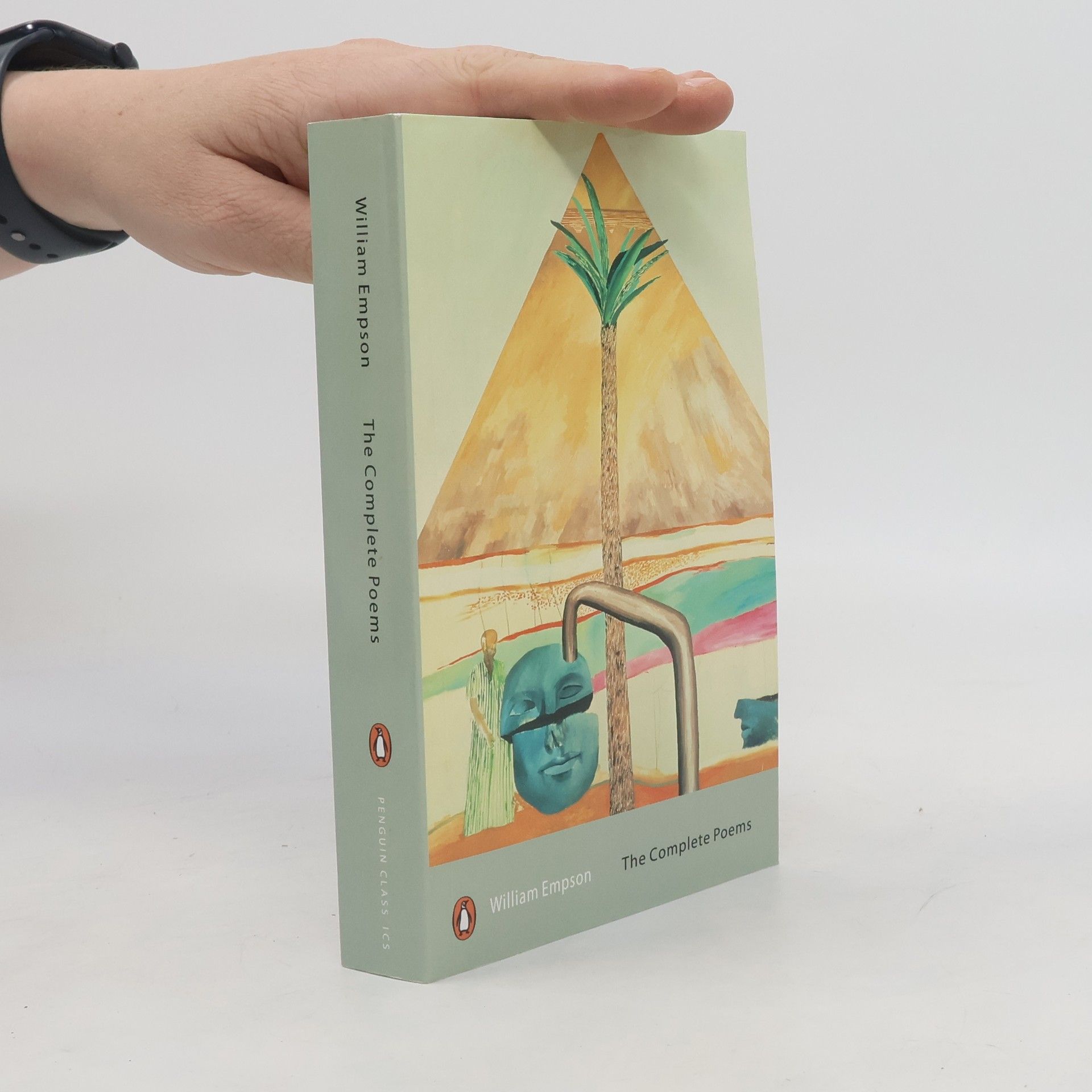Book by Empson
Partha Mitter Books



The Complete Poems
- 512 pages
- 18 hours of reading
Empson has long been applauded for the dazzling intelligence and emotional passion of his poems. Praised in his lifetime by the likes of T.S. Eliot, Dylan Thomas and John Betjeman, his reputation contines to be high. His poems take a wide range of themes from metaphysics to melancholy, social climbing to political satire, and from love to loss. schovat popis
This concise yet lively new survey guides the reader through 5,000 years of Indian art and architecture. A rich artistic tradition is fully explored through the Hindu, Buddhist, Islamic, Colonial, and contemporary periods, incorporating discussion of modern Bangladesh and Pakistan, tribal artists, and the decorative arts.Combining a clear overview with fascinating detail, Mitter succeeds in bringing to life the true diversity of Indian culture. The influence of Islam on the Mughal court, which produced the world-famous Taj Mahal and exquisite miniature paintings, is closely examined. More recently, he discusses the nationalist and global concerns of contemporary art, including the rise of female artists, the stunning architecture of Charles Correa, and the vibrant art scene.The very particular character of Indian art is set within its cultural and religious milieu, raising important issues about the profound differences between Western and Indian ideas of beauty and eroticism in art.